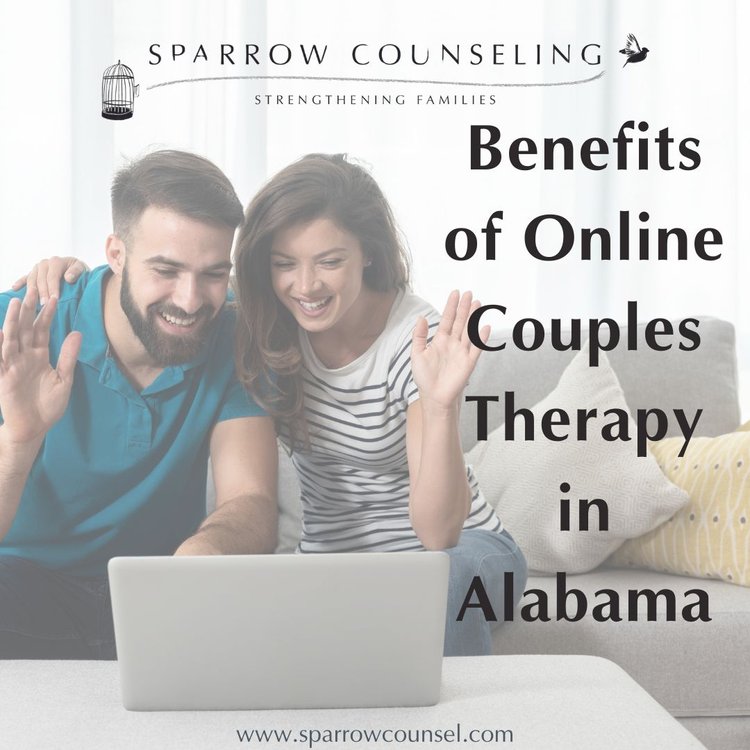3 Simple Techniques For Aim Point Counseling
Table of ContentsSome Known Incorrect Statements About Aim Point Counseling What Does Aim Point Counseling Do?Aim Point Counseling Things To Know Before You Get ThisThe Facts About Aim Point Counseling RevealedThe Greatest Guide To Aim Point CounselingRumored Buzz on Aim Point Counseling
The longitudinal style entails a pre-treatment survey and 2 follow-up studies at 3- and 12-months post-intervention. The research study is embeded in 8 Relationships Australia Victoria centres, across city, external suburban areas, and regional/rural websites. Relationships Australia, a non-government organisation, is the biggest copyright of couple coaching and connection services in Australia.

In Australia, the average size of marriage before splitting up is 8.8 years, and roughly fifty percent of all separations entail couples with youngsters [1] These high rates of connection break down have actually been constantly associated with negative wellness consequences for both adults and kids complying with divorce/separation. These include isolation from support networks, and lowered earnings and criterion of living for both grownups and children [3], problems of loyalty over youngsters for guys, and anxiety and loss of identity for women [4,5]
The 5-Minute Rule for Aim Point Counseling
The effects of separation and separation can be detrimental, study indicates that high partnership dissonance in intact pairs is also likely to have adverse end results.
Research to date has identified both pair and specific aspects that may contribute to partnership disharmony. These include partnership satisfaction and commitment at the couple degree, and anxiety at the individual degree.
What Does Aim Point Counseling Mean?
Connection complete satisfaction has actually been the most usual outcome variable recognized in greater than 200 assessments of pair counselling [11,12] Studies have discovered considerable enhancements in relationship satisfaction from pre- to post-treatment [13,14] and over the training course of one to two years following therapy [15] In these studies, partnership fulfillment was most regularly assessed making use of the Dyadic Change Range (DAS) [16] Consequently, while most studies suggest enhancements in connection satisfaction adhering to pair counselling, they are limited by the examples and actions used, greatly temporary follow-up timespan, and analyses that do not represent the dyadic nature of pair information. Relationship dedication, based upon procedures such as the Dedication Stock (CI) [19], is one more typically examined partnership result.
To sum up, research study shows that couple-specific variables in addition to individual aspects might anticipate the outcomes of pair therapy and partnership solutions. The causal direction of these partnerships, however, is much less clear. These monitorings are very important, considering that, to validate and lead the application of relationship services such as couple coaching, empirical evidence has to explore both the outcomes of partnership solutions and the elements that anticipate effective treatment.
, at least in some European nations.

We currently recognize little regarding the profiles of couples that seek partnership education compared with those who seek partnership therapy, or the end results of these programs. Unscientific proof recommends that there may be substantial distress amongst at least some pairs looking for partnership education. Connection education and learning programs differ from couple therapy as they are usually highly structured, conducted in groups, and concentrate on a mixture of 4 parts; awareness, comments, cognitive adjustment, and abilities training [45]
Aim Point Counseling - Truths
Comments involves participants finishing sets of questions regarding their relationship (e.g. procedures of social problems), and receiving details on what their scores suggest. Cognitive-behavioural approaches advertise transforming cognitions to promote positive partnerships. These might consist of promoting sensible attributions/expectations around unfavorable companion practices [46] In abilities training, pairs go to lectures or discussions on partnership skills, and practice these during facilitator-led activities [ 45]
These meta-analyses highlight restrictions in the present literary works on relationship education and learning. This sample account may not stand for customers who normally present for relationship education and learning.
Everything about Aim Point Counseling

Very little study has actually examined the relative advantages of couple therapy and partnership education and learning programs. As clients are likely to self-select right into these solution kinds, it is not clear whether particular relationship distress accounts present to each solution kind, or undoubtedly whether there is an interaction between providing profile, solution kind and outcome.
Thus, we have included a 12-month follow-up to assess longer-term fads and impacts. The research study makes use of a variety of standard end result steps considering that some prior examinations have actually been criticised for their lack of standard evaluation [50] Lastly, the use of statistical analyses that presume self-reliance of data, such as t-tests, or ANOVAs, has actually prevailed in previous studies [ 44,49]
For that reason, we recommend to make use of multi-level statistical modelling procedures that regulate for the inter-dependence of couple data to assess any therapy impacts. The specific objectives of the ECC research are to: 1. Map profiles of clients seeking area agency-based pair coaching vs. partnership enhancement programs in terms of socio-demographic and connection indicators (such as connection complete satisfaction, connection commitment, social issues, and factors for attending), along with health (such as clinical depression, general health and wellbeing) and health solution usage (eg.
2. Determine whether pair counselling and relationship education and learning solutions enhance three- and twelve-month end results for partnership complete satisfaction, dedication, and anxiety, making use of statistical evaluations proper to couple data. 3. Identify the family member contributions of client variables (individual and couple) and therapy/education elements to results at 3- and 12-months, and to sustainability of outcomes with time.
Aim Point Counseling for Beginners
Multi-level modelling to determine pre-post differences, controlling for dyadic (pair) degree. To add to the literature evaluating the site link efficiency of community-based pair therapy. The results will assist medical decision-making in community-based connection solution settings, and specialist training. 3. To establish the loved one contributions of client/couple and therapy aspects to outcomes at 3- and 12-months, and to sustainability of results gradually.
Comments on “The 4-Minute Rule for Aim Point Counseling”